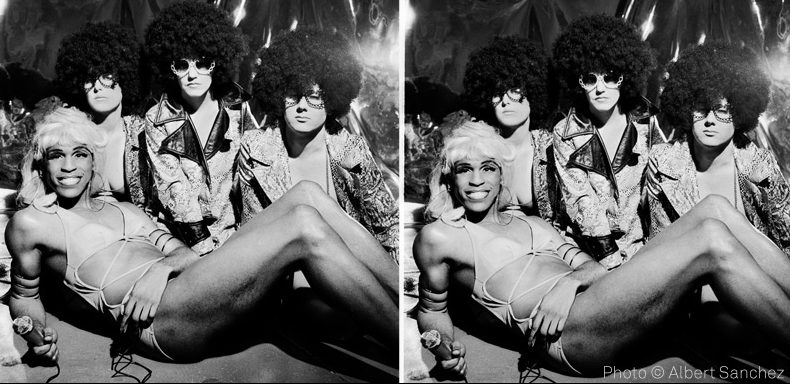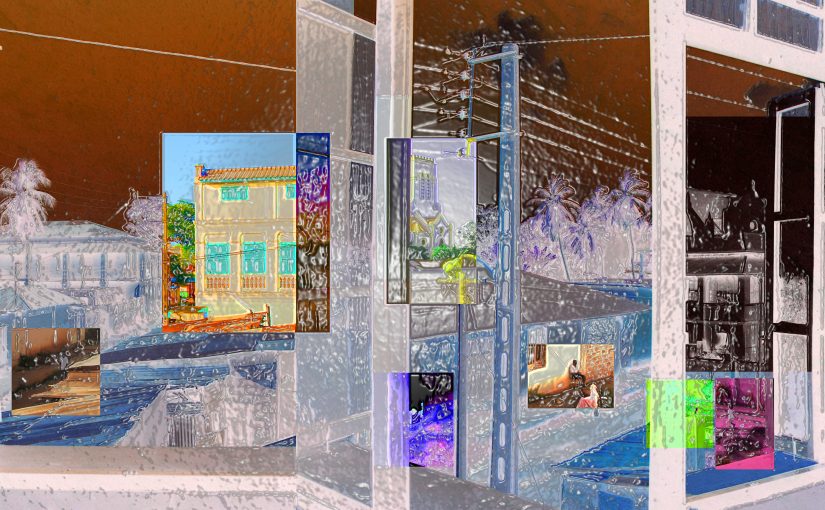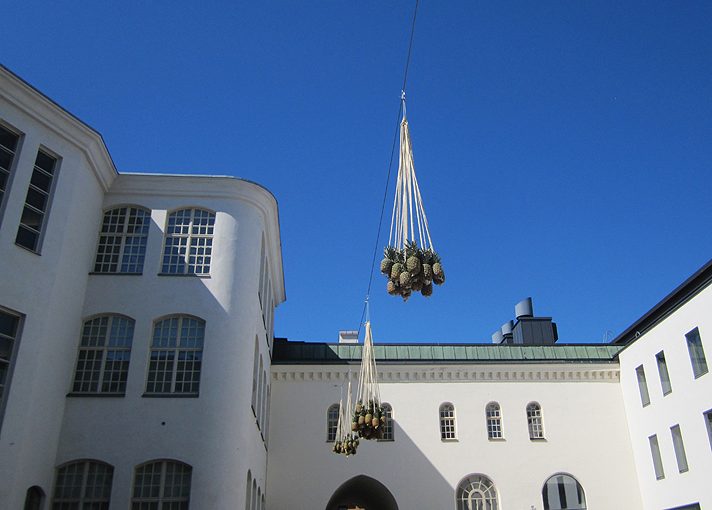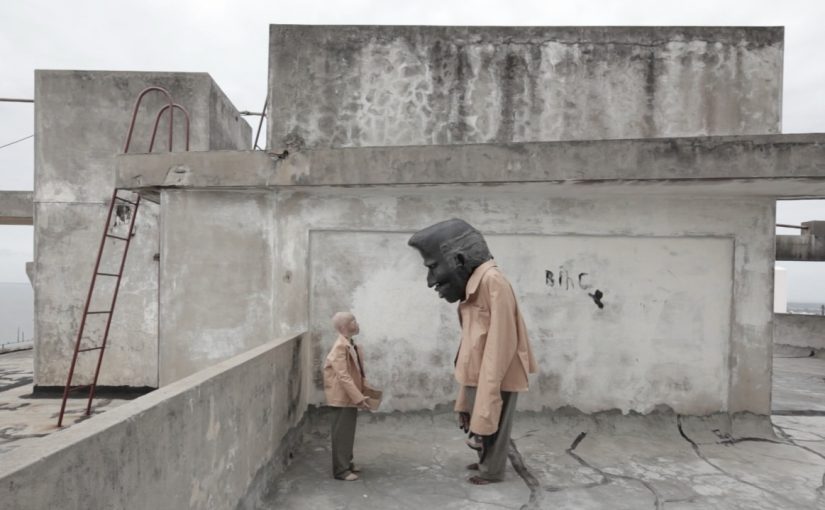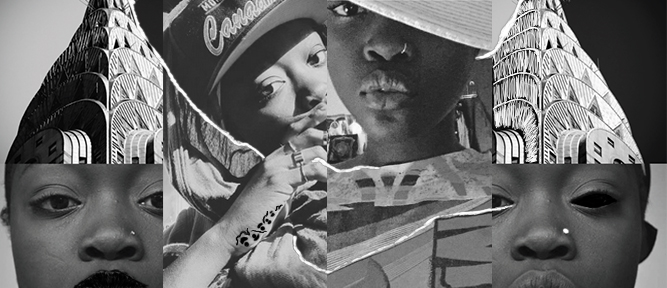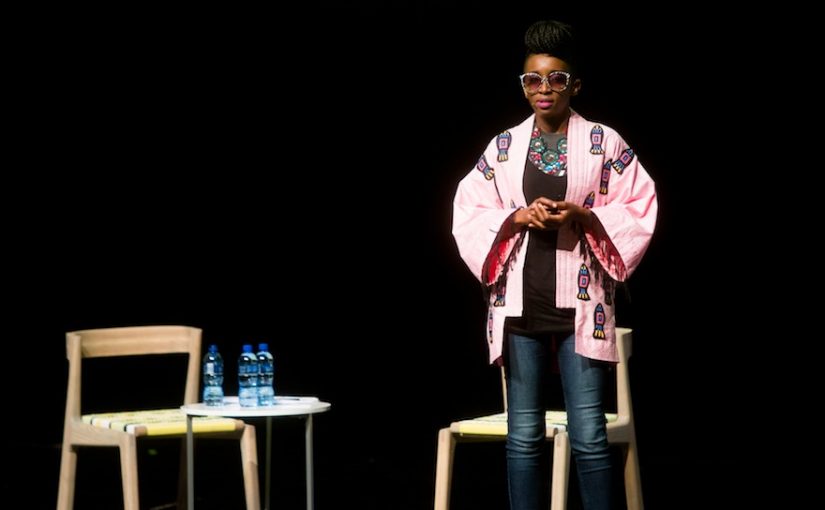•
Category: Essay
UNDERCOVER AFROFUTURISM (2/2)
Last year in october, we subtitled Sun Ra’s unique ‘Space is the Place’ in French. It was about time we share it with you ! / Though, as we are the talkative type it is also the opportunity to share with you few thoughts we developed on a speech in Johannesburg at the occasion of Black Portraitures III Conferences (november 2016).
UNDERCOVER AFROFUTURISM (1/2)
Last year in october, we subtitled Sun Ra’s unique ‘Space is the Place’ in French. It was about time we share it with you ! / Though, as we are the talkative type it is also the opportunity to share with you few thoughts we developed on a speech in Johannesburg at the occasion of Black Portraitures III Conferences (november 2016).
The Importance of Backwardness – 1/2
“Late Countries”,”Underdeveloped Countries”, “South” & “Souths”, “Third World”, “Fourth World”,”Sad Tropics” or “Land of Good Hopes”… and so many other words – more or less politically correct – are used to designate “lagging”, late or “backward” spaces…
The Importance of Backwardness – 2/2
“Late Countries”,”Underdeveloped Countries”, “South” & “Souths”, “Third World”, “Fourth World”,”Sad Tropics” or “Land of Good Hopes”… and so many other words – more or less politically correct – are used to designate “lagging”, late or “backward” spaces…
“Strange Fruit”: from a classic jazz number to modern art
The poem “Strange Fruit” by Abel Meeropol became a notorious song performed by Billie Holiday in the late 1930s. The gesture and interpretation of the great Lady Day anchored “Strange Fruit” in the history of jazz and music. But beyond that, the black and white notes of the song also find, plastically, a dull or crying resonance, in any case – cruelly – evocative.
Of the appropriation of space in shifting Africa
With regard to the environment and food, two major challenges for the continent, would new technologies be a solution?
Born tomorrow
“. . .”
Indigenous epistemologies and ‘bad design’ by Mukhtara Yusuf
Mukhtara Yusuf is a cultural activist of Nigerian Yoruba origin who explores identity making in a post-colonial context through Afrofuturist art. Her media of choice include printwork and collage, but she is especially committed to fashion and jewelry design. To her, dress articulates the unfinished business of self-making as a “3rd culture kid” of the diaspora.
The wearable afro-cosmology of Selly Raby Kane
A man and woman dance to the hypnotic rhythm of synthesized drums and distorted singing, their stomping feet raising clouds of dust from barren earth, their upper limbs drawing elliptic figures against a backdrop of nebulous galaxies. In this depthless void where stars pulsate from the exposed heart of colored clusters, the lone dancers twist under the invisible pressure of the hammering sound. In gravity-defying gymnastics they move under a fluorescent ray of blue light that beams down from the eye of a nebula. They are being summoned. A ladder appears leading somewhere, nowhere. Is this dystopia or utopia? The scene gives no hint as to its history, whether the characters are welcoming or resisting the call.
Thoughts on the Afrofuturist influence on Afrosartorialism
An article by Laura Havlin that appeared in AnOther Magazine back in September is a good source to get acquainted with the afrofuturist aesthetic and to point to its influence on afrosartorial trends. (N.D.L.R. : This article first appeared on “Afrosartorialism”, Enrica Picarelli’s research blog, on 29 December 2015)
Afrofuturism : the time overlapse
Afrofuturism is said to be an art and litterature movement. But is it way more : it is a paradigm, an ‘alter’ representation of the world. Not only does it challenge one of the founding principles of our modern societies organization – time -, but it also puts in doubts the very essence of what we are ‘per se’ – human beings.
